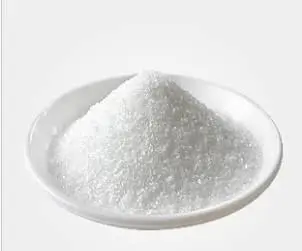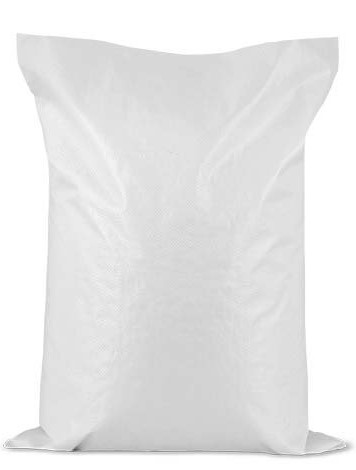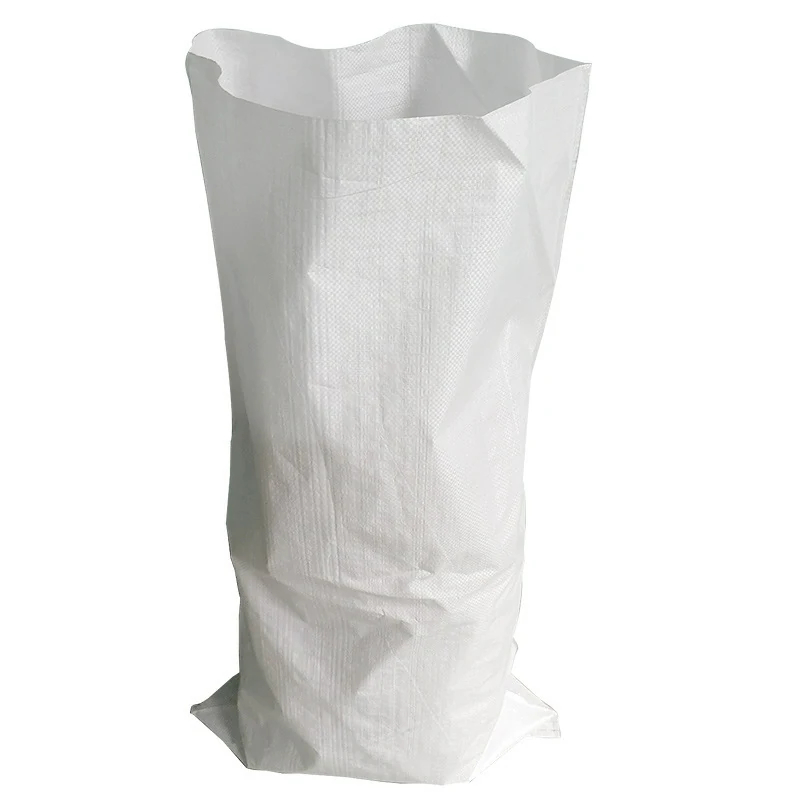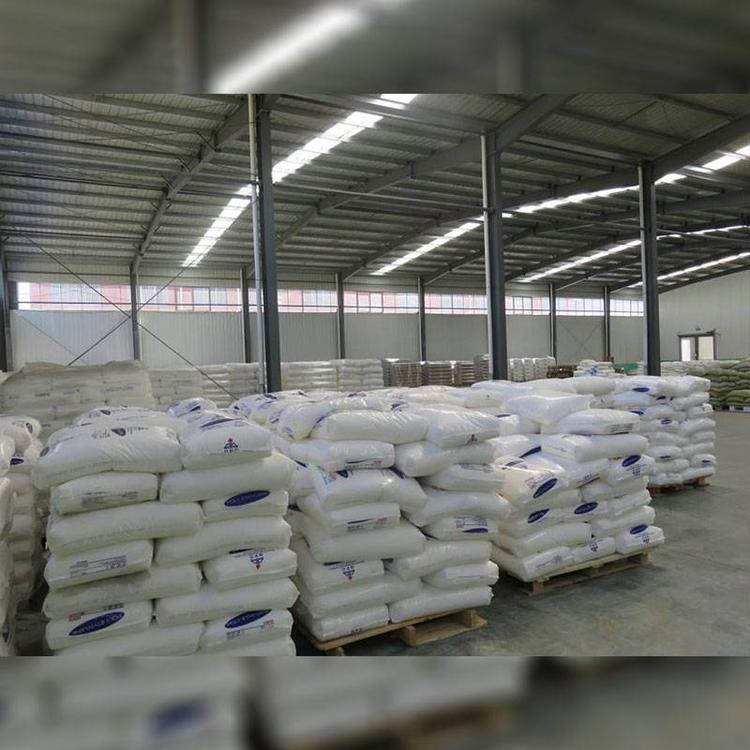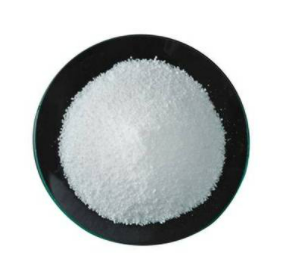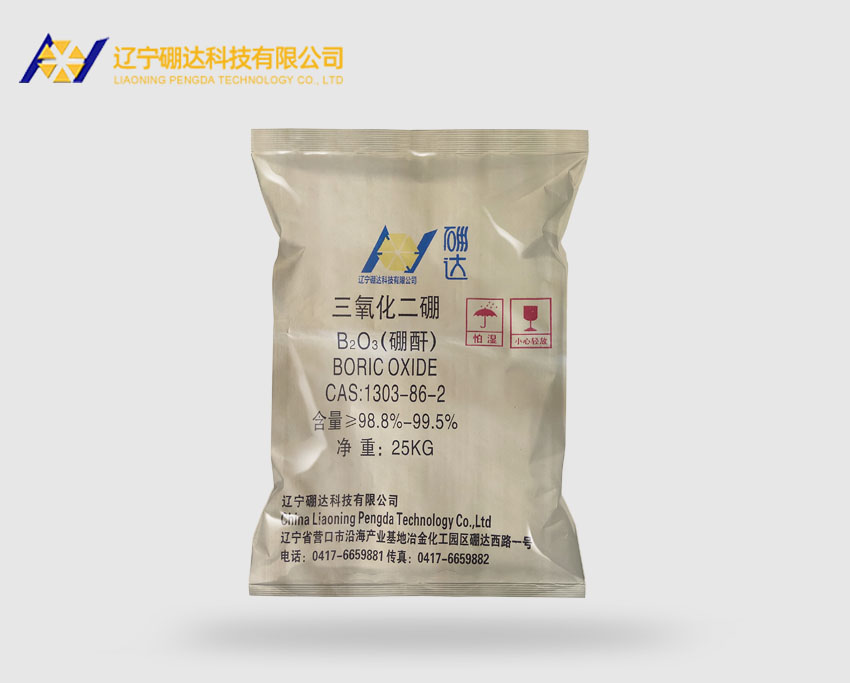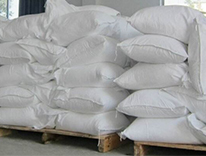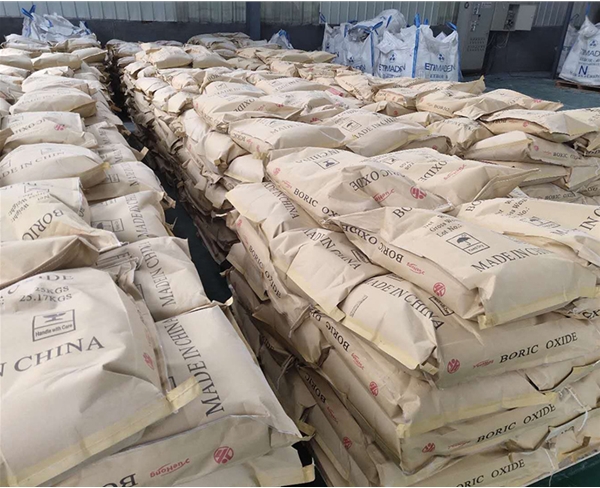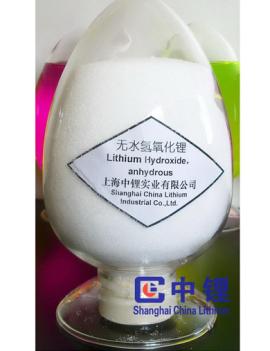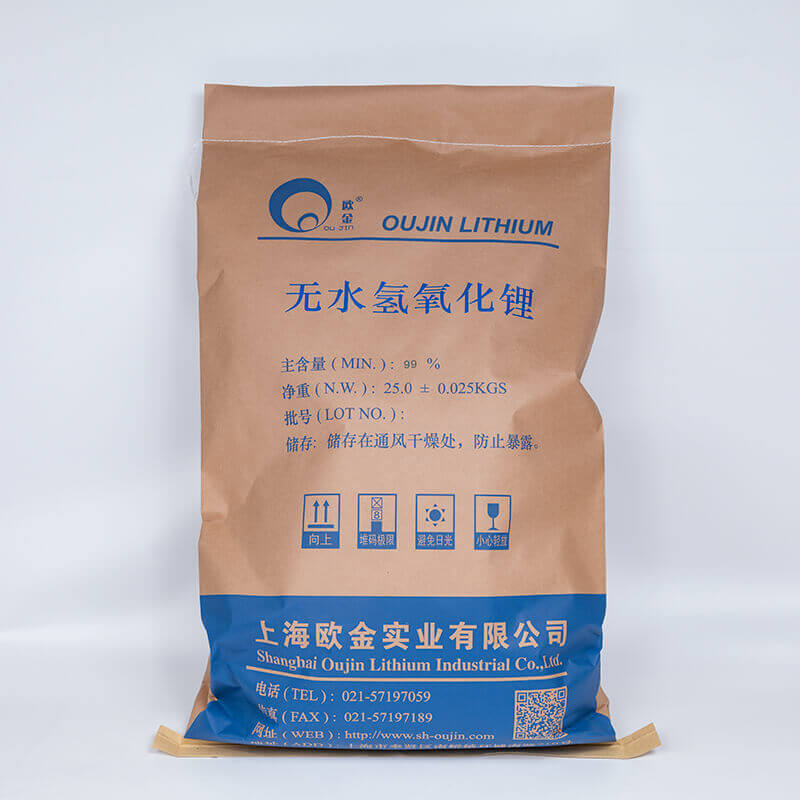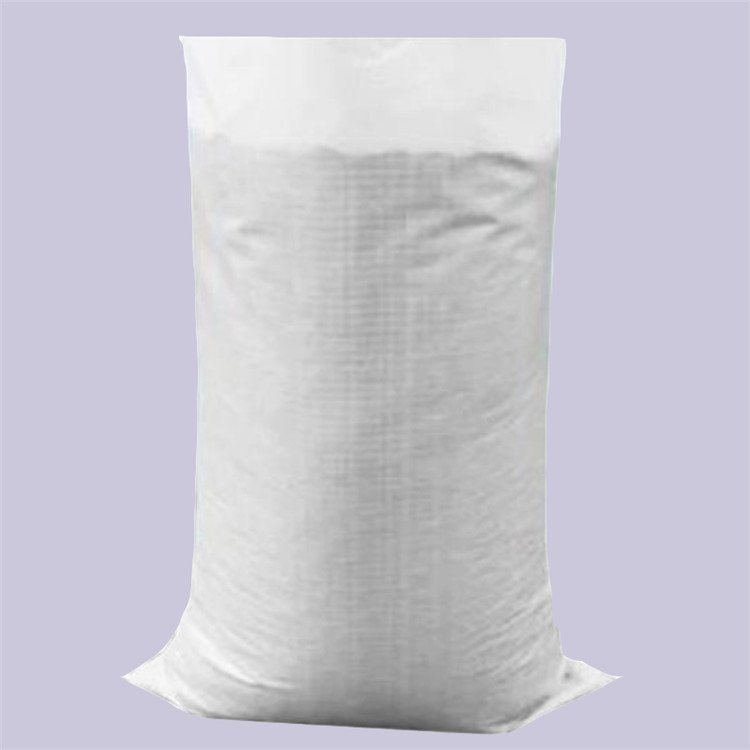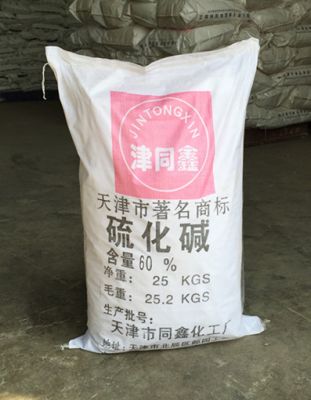Inorganic Chemicals
Find
664
related chemicals for you
CAS:11113-50-1
Molecular Formula:BH3O3
Alias
More Information
Borsrenatliche; Borid Acid; Boricacid(As),Borofax; Orthoboric Acid; Boracic Acid; Borofax; Boron Hydroxide; Boron Trihydroxide
Brief Introduction
Uses: widely used in making borate, water glass, borate ester, optical glass, enamel, paint, pigment, cosmetics, food preservative, leather finishing, printing and dyeing auxiliaries and medicine. It can also be used as anti-corrosion disinfectant and astringent.
Suppliers
View More Vendors (3) >
CAS:11120-25-5
Molecular Formula:H8N2O4W
Alias
More Information
Ammonium Tungsten Oxide Hydrate; Diazanium,Dioxido(Dioxo)Tungsten; Ammonium (Para)Tungstate Hydrate; Tungsten Icp Standard; Tungsten Icp/Dcp Standard; Tungsten Atomic Spectroscopy Standard; Tungsten Atomic Absorption Standard; APT; Tungsten Aa Standard; Wolfram; Tungstate(W12(Oh)2O4019-),Decaammonium
Brief Introduction
Used as raw material for manufacturing other tungsten compounds and metal tungsten
Suppliers
View More Vendors (3) >
CAS:1303-86-2
Molecular Formula:B2O3
Alias
More Information
Boric Anhydride; Boric Acid; Boric Acid-Anhydride; Boric Acid, Anhydrous; Boric Oxide; Boron (Iii) Tri-Oxide; Boron Oxide; Boron Trioxide; Di-Boron Trioxide; Orthoboric Acid
Brief Introduction
It is used as flux for silicate decomposition, dopant for semiconductor materials, fire-resistant additive for heat-resistant glassware and paint. It is the raw material for preparing elemental boron and various boron compounds. It is used in the production of alloy steel in metallurgical industry. It can also be used as catalyst for organic synthesis, additive of lubricant for high temperature and chemical reagent.
Suppliers
View More Vendors (3) >
CAS:1310-65-2
Molecular Formula:LiOH
Alias
More Information
Lithium Hydrate; Lithium Hydroxyde
Brief Introduction
Used to make lithium salt and lithium-based grease, electrolyte for alkaline storage batteries, absorption liquid for lithium bromide refrigerators, etc.
Suppliers
View More Vendors (3) >
Ct Groups
Melting Point: 462.0°C; Color: White to Yellow Physical; Form: Crystalline Powder; Assay Percent Range: 98%
/
Tech Grade
CAS:1313-82-2
Molecular Formula:Na2S
Alias
More Information
Sodium Sulfide; Disodium Sulfide; Sodium Monosulfide; Disodium Sulphide; Sodium Sulfide (Na2S); Disodium Monosulfide; Disodium;Sulfanide; Hsdb 772; Sodium Sulfide, Anhydrous (Dot); Ai3-09342; Sodum Sulfuret; Disodium Sulfide (Na2S); Nsc41874; Sodium Sulphide Flakes; Sodium Sulphide
Brief Introduction
Sodium sulfide is mainly used as raw material for raw leather unhairing agent, pulp cooking agent, sulfide dye, dye intermediate reducing agent, fabric dyeing mordant and ore flotation agent, as well as viscose fiber desulfurizer and raw material for production of sodium hydrosulfide and sodium polysulfide. In the dyestuff industry, sodium sulfide is used to produce sulfur dyes, which is the raw material of sulfur blue and sulfur blue. In the printing and dyeing industry, sodium sulfide is used as a dyeing aid to dissolve sulfide dyes. In the leather industry, sodium sulfide is used to hydrolyze the raw hide to remove hair, and to prepare sodium polysulfide to speed up the soaking of dry skin to help soften. In the paper industry, sodium sulfide is used as a cooking agent for paper. In the textile industry, sodium sulfide is used for denitrification of man-made fibers, reduction of nitrocellulose and mordant for cotton dyeing. In the pharmaceutical industry, sodium sulfide is used to produce pyrolytic drugs such as phenacetin. In addition, sodium sulfide is also used to prepare sodium thiosulfate, sodium hydrosulfide, sodium polysulfide, etc.
Suppliers
View More Vendors (3) >

Purity: 60-62% Na₂S, ≤2% impurities (iron, water-insoluble), 30-32% active sulfur
/
-
Inquiry (
10
/ 10
)
Clear All
You can inquire for up to 10 products at a time
Sign In
Error!

